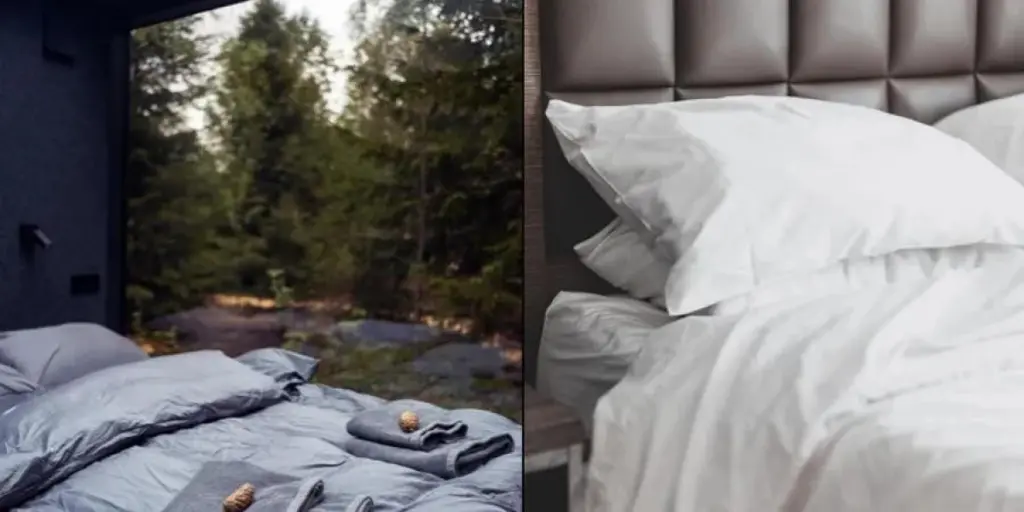Many businesses have shifted toward sustainability in recent years. Aesthetics alone are not enough for conscious shoppers, as many are concerned about the environment and actively seek eco-friendly products.
Scroll through the article to learn about the latest eco trends in textiles that customers are looking for in 2022.
Table of Contents
A look at the sustainable textile industry
Sustainable textiles for homes
The future of home textiles
A look at the sustainable textile industry
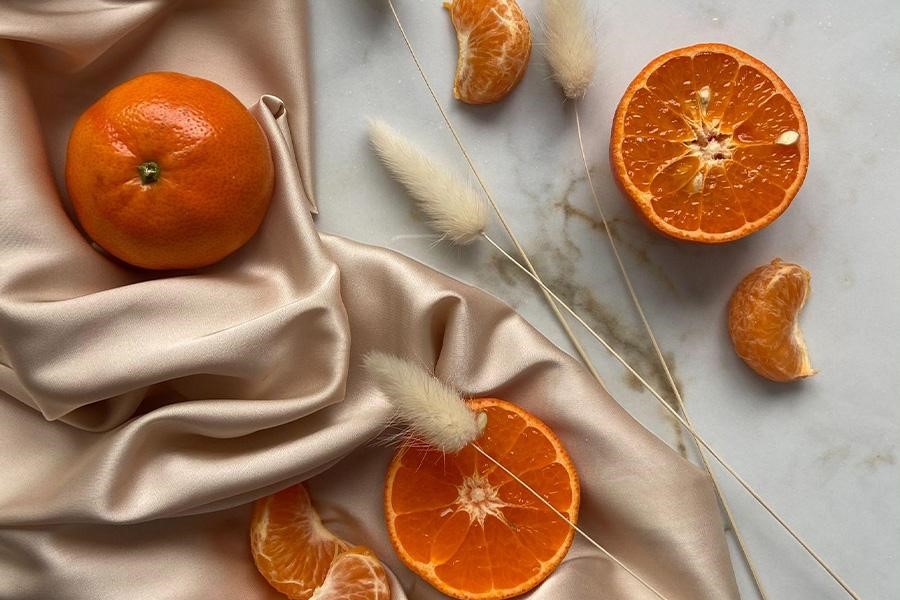
The sustainable textile market is booming thanks to the increasing awareness of the adverse environmental effects of synthetic fabrics. The global eco textile market was valued at US $40.58 billion in 2019 and is projected to grow at a compound annual growth rate (CAGR) of 4.6% between 2020 and 2027.
Eco-friendly fabrics are not just popular among designer fashion brands but have become popular in the home and bedding industry due to increasing demand. Because of technological advancements in eco fibers with antimicrobial and UV-resistant properties, the market is expected to grow tremendously. However, the major hindrance in the market is the high price of organic products.
Major focus on sustainability and resource management
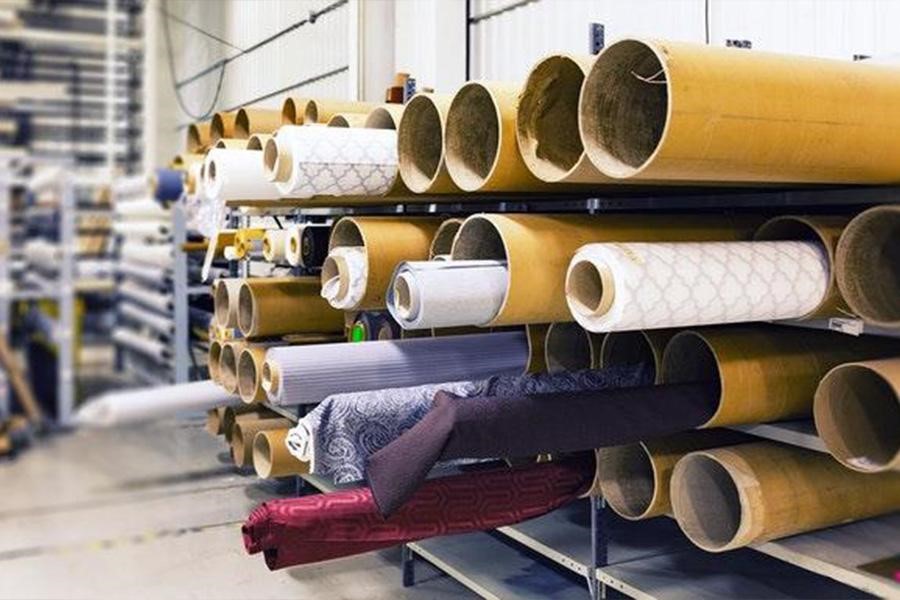
According to the most recent research, many American shoppers actively seek sustainable products and are concerned about the environment. Many believe that corporations are responsible for running their operations sustainably, while a smaller percentage believes that individuals are accountable and government regulatory bodies come in second. Other key findings suggest that:
- Most consumers believe that corporations do not do enough to protect the environment, and one-third feel that they cannot trust the sustainability claims made by most brands.
- Over half of the respondents said they would be less likely to visit a store that does not adhere to green principles, and about 18%said they would stop visiting the store entirely.
- Approximately 70% of customers say they are willing to pay a 5% premium for environmentally friendly products. However, most customers stated that cost is the most significant barrier to sustainable shopping.
- Consumers’ top criteria for sustainability are using eco-friendly fabrics, cutting waste and participating in recycling programs, and adopting sustainable packaging.
Global organic textile standards
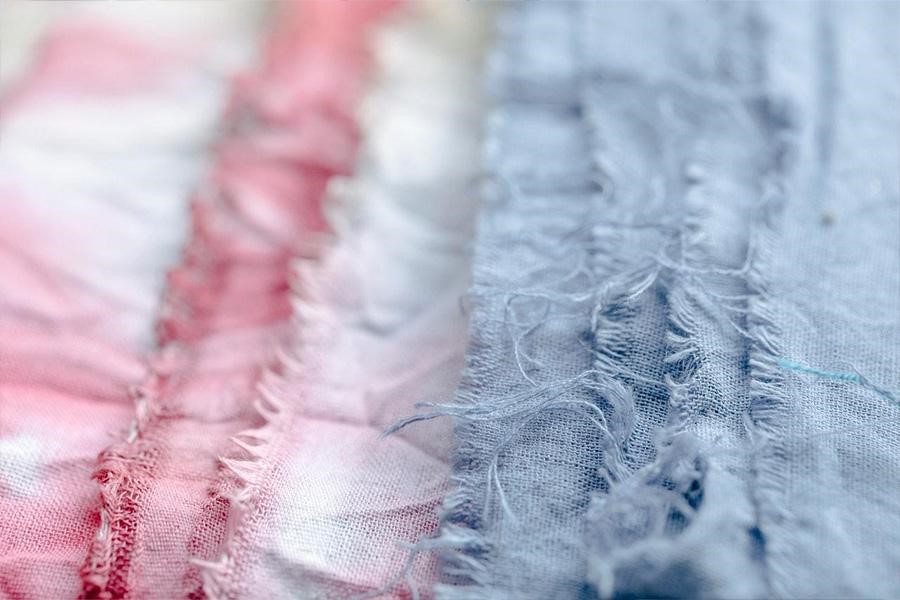
The growing number of brands certified to the international organic textile standards demonstrates the gradual shift to organic products (GOTS). According to reports, 12,330 facilities across 79 nations have been accredited by 18 regulatory bodies. The numbers increased by 19% in 2020, setting a new high. Turkey, France, Portugal, Italy, Germany, Switzerland, Belgium, Sweden, and Denmark are the nations with the most organic textile manufacturing facilities.
Several textile industries have significantly shifted toward incorporating sustainable strategies into their daily operations. According to the annual GOTS survey, 63% of textile facilities are interested in permanently switching to organic materials. This shift has been driven mainly by increased public and media interest, with websites seeing a rise in visitors.
Sustainable textiles for homes
As consumers accept greener home options, one seemingly simple place to begin is in the bedrooms. Sustainable bedding is the latest trend in the consumer home and market space. Although organic cotton appears to be the obvious choice, several other alternative materials give cotton a run for its money. Materials such as bamboo and hemp provide shoppers with environmentally friendly options without sacrificing quality and comfort.
Organic bedding is popular among customers because it is free of pesticides and other harmful chemicals and is better for the skin, health, and the environment. It is good to provide shoppers with soft, stretchy products of higher quality that come in various colors and sizes to meet different requirements.
Organic cotton
Cotton is one of the most natural fibers available today, and it is grown with zero pesticides and processed with no chemicals. Organic cotton farming has a huge environmental impact as it consumes 62% less energy and 88% less water than regular cotton.
Check the certifications issued by regulatory bodies to ensure cotton is harvested sustainably. These certifications will reveal whether the cotton was grown organically and processed naturally without harmful chemicals. This is important because cotton is considered the dirtiest commodity when artificially processed.
Aside from organic cotton, recycled cotton is becoming a significant trend among eco-friendly textile companies. Recycled cotton is made from either consumer or industrial waste. Organic cotton sheets and pillowcases are made from recycled cotton garments or industrial fabric waste that would otherwise end up in a landfill. It is difficult to gauge where exactly recycled cotton comes from.
Organic hemp
After cotton, hemp is regarded as one of the market’s most environmentally friendly natural fabrics. It is excellent for the environment because it uses less water, its growth benefits the soil, and it is a high-yielding crop. Furthermore, because it absorbs CO2 from the environment, it is thought to be a carbon-negative material.
Hemp also has antimicrobial properties and provides sun protection. It is, however, more challenging to grow than its traditional counterparts and, thus, slightly more expensive than organic cotton and linen. Luxury soft and organic hemp bedding sets are popular in the market.
Organic linen
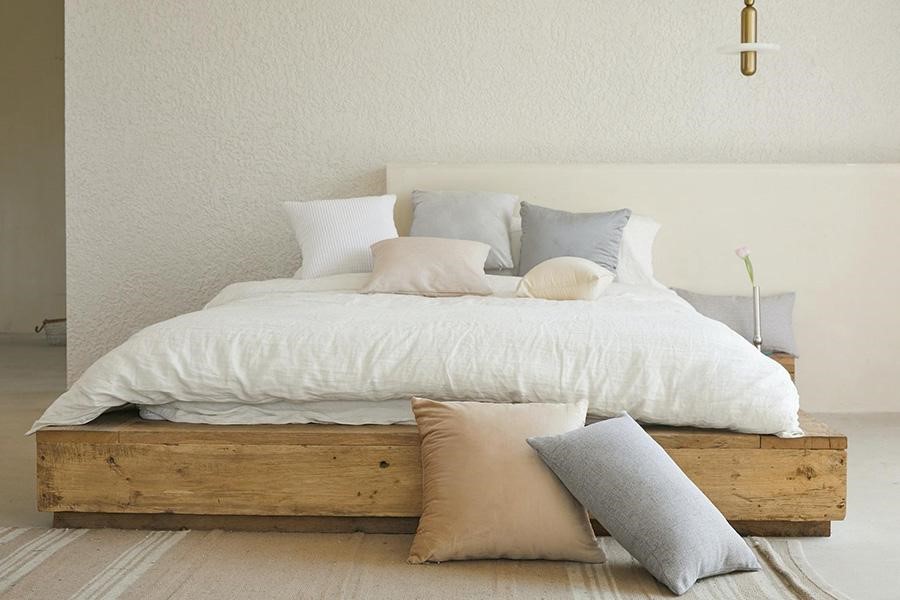
In terms of sustainability, linen is similar to hemp because it requires little irrigation, fertilizer, and pesticide. The only difference is that linen is made from the flax plant and is not as high-yielding as hemp.
Because linen is lightweight and breathable, it is widely used in everything from bedsheets to duvet covers and other clothing. Bamboo linen is another type that is becoming increasingly popular. It is a great choice from an ecological standpoint because harvesting can be done without ultimately killing the plant. It regrows quickly, consumes more CO2 than most plants, and can survive solely on rainfall.
Depending on how it is processed, organic bamboo is one of the most sustainable fabrics on the market. Unfortunately, organically grown bamboo processed without chemicals accounts for a small portion of the market. Look for organic bamboo in its natural state, free of plastic blends such as bamboo rayon or viscose.
Recycled polyester
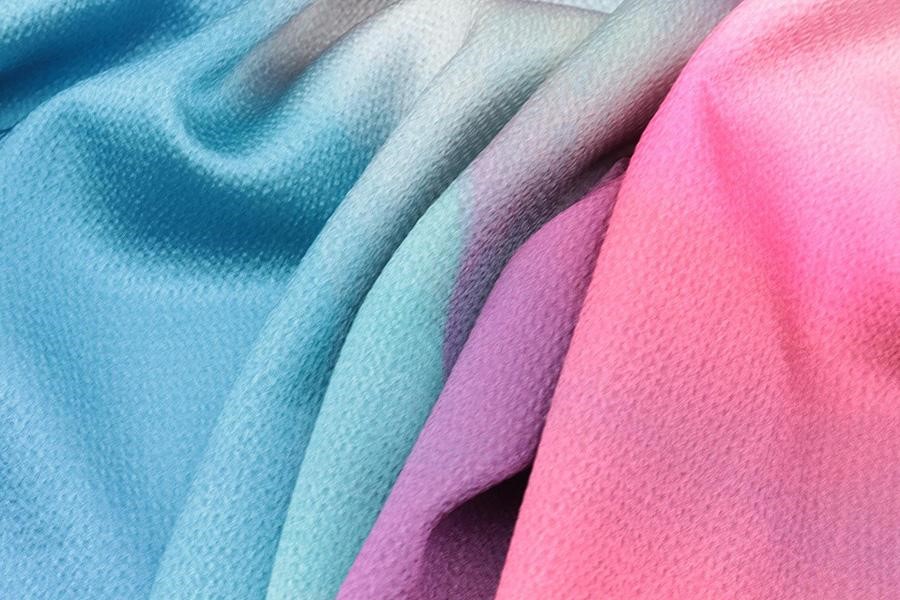
Single-use plastics are causing major havoc to the environment by ending up in landfills worldwide. Many brands are working to give these materials a second life through recycling. Polyester is an excellent fabric for recycling because it is versatile and can take many forms.
It can also be used to create thin, lightweight activewear as well as thick, fluffy duvet sets and sheets. For many years, many sustainable fashion brands have used recycled polyester. While this keeps plastic out of landfills, it does not provide a long-term solution to the problem of plastics. Also, there are some concerns about the toxic substances in recycled materials.
The future of home textiles
Many consumers have consciously decided to support brands and products that follow green practices. This is especially true among environmentally conscious millennials. Thus, look for brands that adhere to eco standards to provide customers with high-quality, eco-friendly products.
Organic cotton, hemp, and bamboo linen are the most popular fabrics among shoppers because of their soft texture and comfort. Linen bedding is not only elegant but also soft and comfortable.
Cotton bedspreads are also popular among home buyers because they are breathable and resistant to wear and tear. As many companies are heavily investing in sustainable goods, joining this movement is essential for the planet’s betterment while ensuring increased sales.
